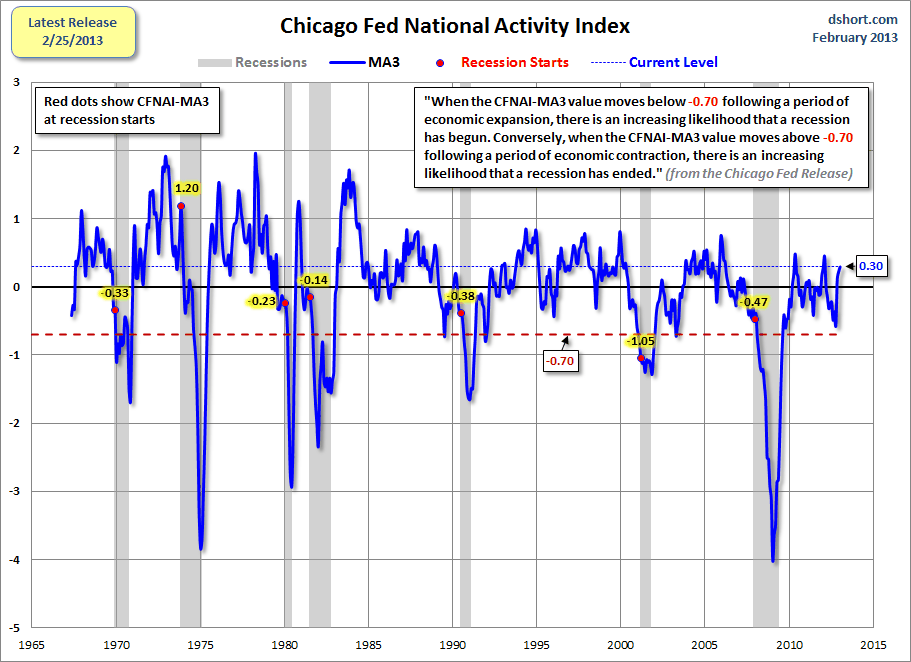
At the precipice of economic discourse lies a tantalizing question: which agency determines when recessions begin and end? This query, seemingly straightforward, belies a tapestry of complexity woven from a myriad of economic indicators. Understanding the salient metrics that dictate the ebbs and flows of economic cycles can be as exhilarating as unraveling a mystery novel. In the annals of economic history, these fluctuations have profound implications for businesses, policymakers, and the everyday consumer. This article endeavors to dissect the enigma surrounding recession identification and the pivotal role of economic indicators in this process.
To embark on this exploration, we must first establish a clear definition of what constitutes a recession. Generally, a recession is characterized by a significant decline in economic activity across the economy, lasting more than a few months. This downturn is typically visible in various indicators, including real gross domestic product (GDP), income levels, employment rates, industrial production, and wholesale-retail sales. The National Bureau of Economic Research (NBER), a private not-for-profit research organization, is predominantly recognized as the arbiter of recession timing in the United States. Their process is nuanced, involving a multifaceted assessment of these aforementioned indicators.
But why does this agency hold such a pivotal position? The NBER operates on a criterion that eschews instantaneous statistics, opting instead for a more holistic view of economic performance. This deliberation requires a careful analysis of a range of economic indicators, rather than relying on a singular measurement. The NBER scrutinizes various data points to construct a comprehensive portrait of the economic landscape. It is this commitment to analytical rigor that distinguishes the NBER from other institutions claiming similar authority.
However, the question remains: what are these economic indicators, and how do they function as barometers of economic health? Here we delve into some of the key metrics:
- Gross Domestic Product (GDP): GDP serves as a primary aggregate measure of the economic output of a country. Usually reported quarterly, a real GDP decline over two consecutive quarters is a common rule of thumb for determining recession.
- Unemployment Rates: A rise in unemployment figures typically accompanies economic contraction. High unemployment is indicative of insufficient demand for labor, signaling troubling economic conditions.
- Consumer Spending and Retail Sales: The vitality of consumer spending is a crucial indicator that reveals the economic pulse. An uptick in retail sales mirrors consumer confidence, whereas a slump is often a harbinger of economic malaise.
- Industrial Production: This index reflects the output of the industrial sector, encompassing manufacturing, mining, and utilities. Diminished industrial activity can signal an impending recession, as it often leads directly to job losses.
- Personal Income Levels: Fluctuations in personal income serve as a barometer for consumer spending capabilities. A dip in personal income may exacerbate recessionary pressures as discretionary spending contracts.
Now, having outlined the sophistry of the indicators that comprise the NBER’s toolkit, one must ponder the interconnectedness of these metrics. They create a tapestry, illustrating differing facets of economic health. For instance, an increase in unemployment may signal a decline in consumer spending, which in turn affects overall GDP growth. Thus, discerning the interplay between these indicators is critical for grasping the broader economic narrative.
But let us not neglect the aspect of timeliness and adaptability in economic analysis. The NBER’s methodology, while robust, does not yield instantaneous results. Often, the identification of recession dates happen retroactively, creating a lag that can challenge policymakers and stakeholders. The notion that, even in hindsight, economic outcomes are susceptible to reinterpretation complicates the landscape further. It begs the question: in an age of rapid data consumption, are we truly equipped to understand the recessive cycle swiftly and accurately?
The evolving economic context necessitates agility from both the analytical agencies and the larger economic community. External factors such as global financial markets, international trade patterns, and technological advancements influence domestic economic performance in ways previously undocumented. This complexity is especially pronounced during tumultuous periods, like the financial crisis of 2008 or the unprecedented disruption caused by the COVID-19 pandemic. Herein lies the important role of research agencies that continually adapt their methodologies to fit the modern paradigm of economic analysis.
In conclusion, the question of “Which agency determines when recessions begin and end?” leads us to the answer: predominantly the NBER, anchored by a robust examination of key economic indicators. These metrics are not merely numbers; they form the backbone of economic decision-making. Understanding how they interrelate provides a deeper insight into the economic cycles that govern our societal fabric. Remaining attuned to these fluctuations is crucial for both the individual and the broader economic landscape. As we look to the horizon, we must remain vigilant, for each economic cycle unfurls with potential lessons. How we interpret and respond to these indicators will ultimately shape our collective future.
